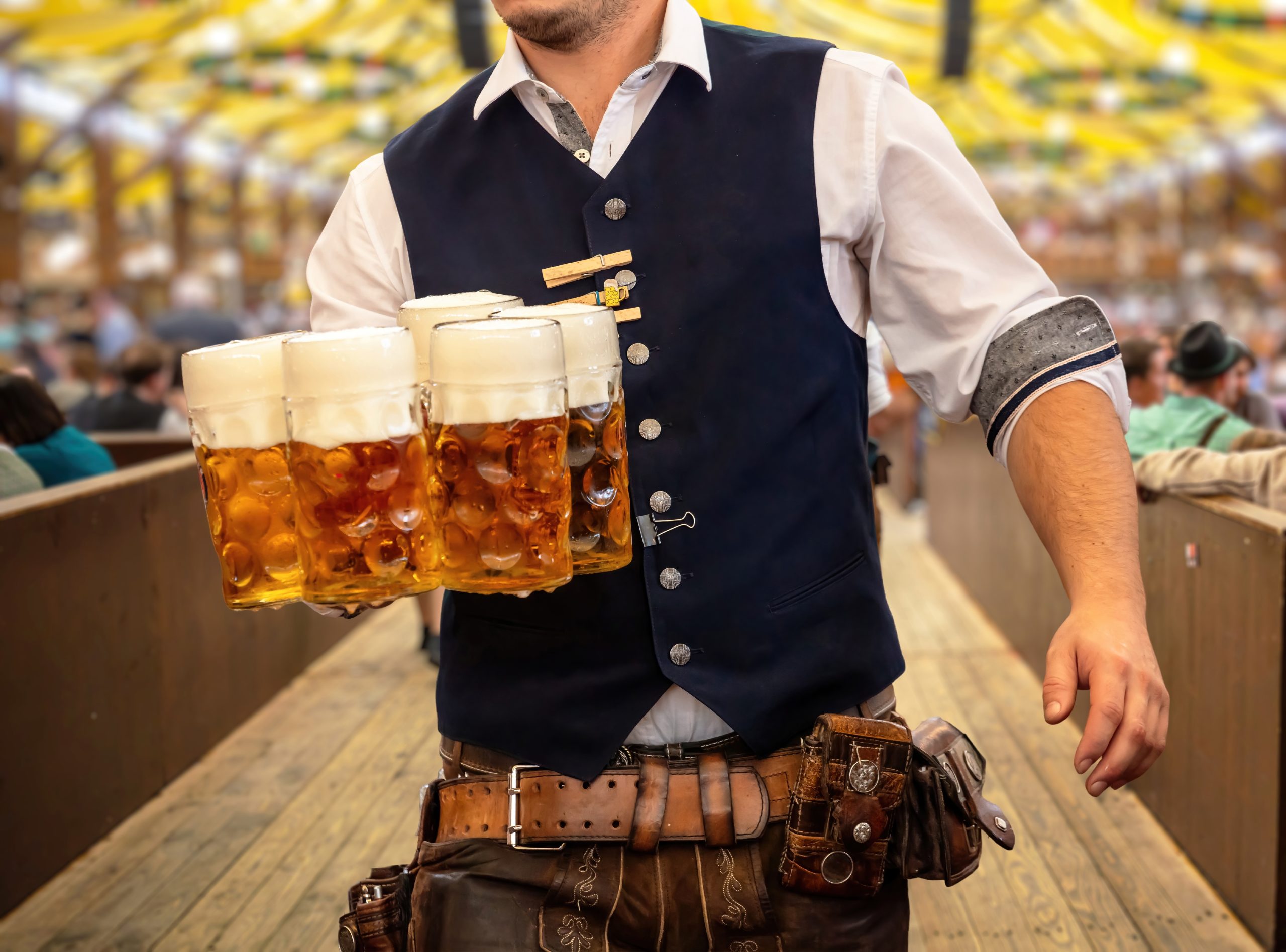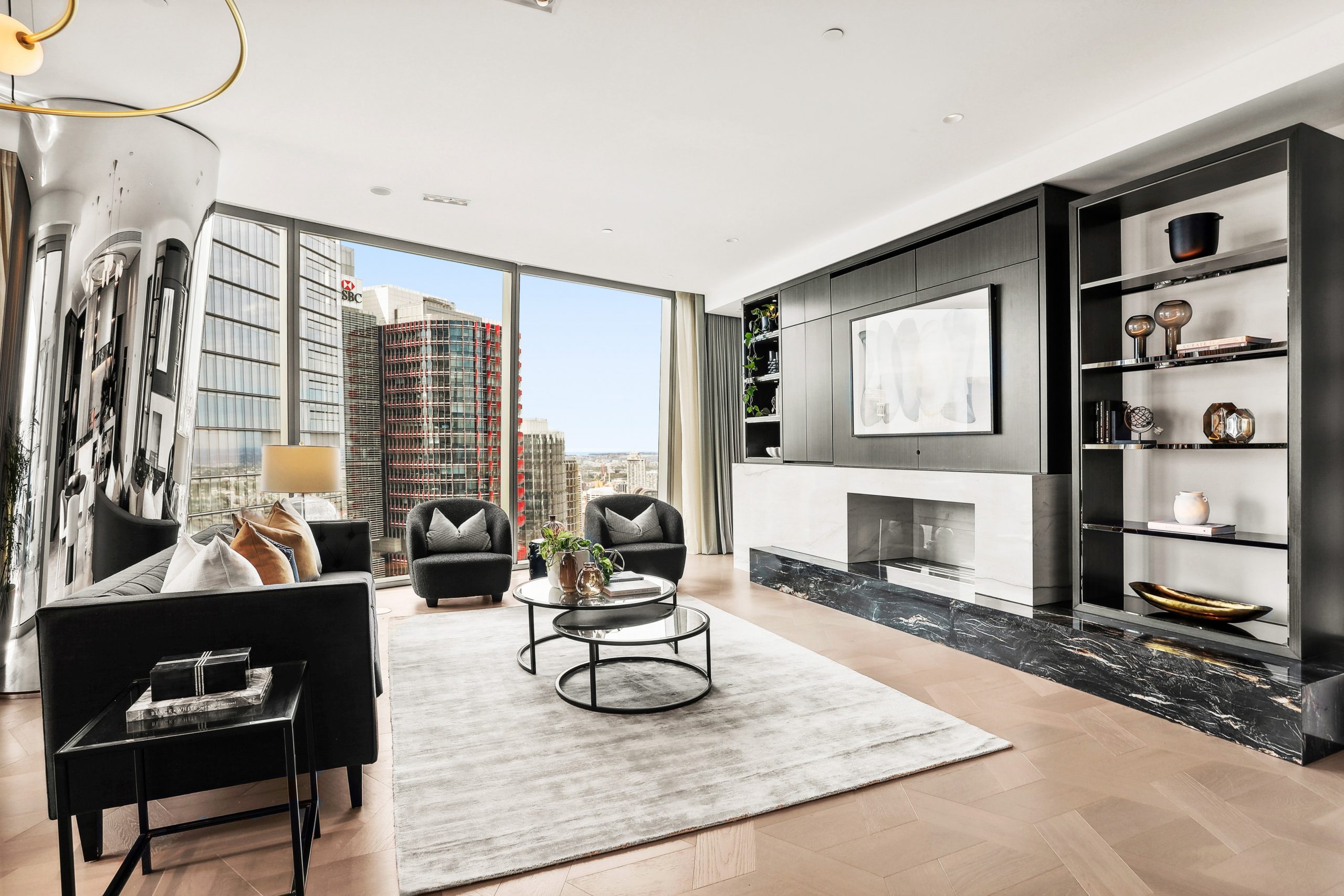Oktoberfest Now Has Its Culture War. It Isn’t About the Beer.
Traditionalists criticise moves to modernise the Munich celebration as ‘woke’
MUNICH—Oktoberfest is usually all about the beer. This year, it is about chicken.
A decision by the Paulaner festival tent to serve all-organic hens at its marquee venue is stoking a debate between advocates of a sustainable Oktoberfest against traditionalists wary of a “Woke Wiesn”—a play on the short form of the name of the Bavarian celebration.
“It’s an experiment,” said Arabella Schörghuber, who runs the Paulaner Festzelt. “It’s more expensive, but the quality is higher. We want to make sure that the animal has a good life. We’ll see what happens.”
On Saturday, she helped hand out the first beers from the middle of the giant festival tent after thousands of people counted down to the tapping of the first keg. Waiters each toting a dozen glasses with a liter of beer wove through the crowds as huge rotisserie ovens cooked hens in a side kitchen, five on each spit.
Andrea Koerner, 56 years old, comes to Oktoberfest each year and usually orders the chicken, the most popular festival food. Not this time. When she saw that an organic half hen cost 20.50 euros, the equivalent of $22, about 50% more than the nonorganic hens, she opted for pretzels and a cheese spread instead.
“We don’t know the taste because it costs too much to try,” Koerner said.
Other guests said the chicken was good and worth the price. “I don’t care at all,” said Jake Williams, a 32-year-old guest. “I guess it is good if people care about the chickens.”
The price hike is among other inflation-related markups. The cost of a litre—or “mass”—of beer in most big tents increased this year by 6% to €14.50, according to a survey done by the city. That is after prices rose sharply last year following Russia’s invasion of Ukraine. Oktoberfest was canceled in 2020 and 2021 because of the Covid-19 pandemic.
The menu shift follows a pressure campaign by a coalition of groups, demanding that the Bavarian festival of hearty food and enormous beers should turn into a vehicle promoting organic farming.
The activists held a public exhibition in the city’s central square showing a carousel of imitation bloody chicken heads to denounce industrial slaughtering. The group secured a meeting between activists, officials and Oktoberfest tent owners in the spring.
“There’s already a lot going on. But my perspective is from an organic local farming business, and there’s not enough,” said Susanne Kiehl, a board member of the Munich Food Council.
She and Anja Berger, an Oktoberfest official and a Green Party member, said the changes are important to meet the city’s goal of becoming climate-neutral by 2035.
In other matters, Berger’s party this year also secured four free water fountains on the festival grounds.
During a tour of the grounds last week, Mayor Dieter Reiter admired the new taps and joked of what might come next. “A free beer fountain!” he said. “I just haven’t found anyone who will do it yet.”
Activists have sought gastronomic mandates at the festival, but the city has not imposed them. An association of Munich’s innkeepers have pushed back at such rules, saying people should be allowed to live—and eat—as they see fit. “I don’t think anyone really wants a planned economy in which a small group decides what is good for the people and what is not,” said Thomas Geppert, head of the Bavarian Hotel and Restaurant Association.
Schörghuber, who is a vegetarian, said she received a mixed reaction to her chicken initiative from the other tents, with some concerned that they would be pressured to follow suit.
For many visitors, locals and overseas tourists, Oktoberfest is a freewheeling carnival—a chance to let loose and drink (often to excess) beer served by waitresses clad in revealing Dirndl dresses. Many guests also don the traditional Bavarian outfits and tie the ribbon of their aprons on a different side to indicate whether they are single or taken.
“It must stay a traditional volksfest, because otherwise it wouldn’t be attractive,” said Clemens Baumgärtner, an official who oversees the festival and a member of the conservative CSU. “If you talk about being woke on the other 340 days a year, nobody really listens to that. But if you talk about being woke on the Oktoberfest, you get lots of media attention.”
The first Oktoberfest was celebrated in 1810 to commemorate a royal marriage and build support for the budding Bavarian monarchy. It was so popular that it became an annual tradition, adding agricultural displays, vaudeville shows and eventually thrill rides. Despite its name, the festival now mostly takes place in September. Around seven million people are expected to visit the Theresienwiese grounds in Munich during an 18-day run that started Saturday.
“Wiesn will have to change as it has changed always over the decades,” said Lukas Bulka, who started working at an Oktoberfest tent as a teenager and now runs the city’s Beer and Oktoberfest Museum.
The festival already uses electricity generated from renewable sources, Baumgärtner said, and single-use dishes and utensils are banned.
An association of the 15 largest festival tents—which have seats for about 100,000 people—committed to becoming climate-neutral by 2028, mostly through projects that offset their energy use. Four tents, including the Paulaner venue, already meet the targets and built systems to recycle some wastewater.
But when it comes to farming practices, it isn’t feasible to rely on only organic hops and barley for the roughly seven million liters of beer that will be consumed, Schörghuber said. Hofbräu, one of the six Oktoberfest breweries, estimated that the production and transportation of festival beer in 2019 created 66 metric tons of carbon dioxide. Munich has an organic brewery, Haderner, but it doesn’t have one of the coveted slots at the festival.
Schörghuber said she focused on chicken because it is so sought after—the city estimated that around 500,000 chickens were consumed at Oktoberfest in 2019—and a change was feasible. She found a farm in Austria that raised the organic birds for this year’s festival and spent a year speaking with her cooking staff about what changes were needed to grill what are larger than conventional hens.
Kiehl said that while her group was happy with the Paulaner tent’s chicken change, it would be more difficult to convince the public that the brewers should be forced to tweak their recipes.
“That’s not an easy point in Munich,” she said. “That’s almost like religion.”
 Copyright 2020, Dow Jones & Company, Inc. All Rights Reserved Worldwide. LEARN MORE
Copyright 2020, Dow Jones & Company, Inc. All Rights Reserved Worldwide. LEARN MORE
This stylish family home combines a classic palette and finishes with a flexible floorplan
Just 55 minutes from Sydney, make this your creative getaway located in the majestic Hawkesbury region.
Continued stagflation and cost of living pressures are causing couples to think twice about starting a family, new data has revealed, with long term impacts expected
Australia is in the midst of a ‘baby recession’ with preliminary estimates showing the number of births in 2023 fell by more than four percent to the lowest level since 2006, according to KPMG. The consultancy firm says this reflects the impact of cost-of-living pressures on the feasibility of younger Australians starting a family.
KPMG estimates that 289,100 babies were born in 2023. This compares to 300,684 babies in 2022 and 309,996 in 2021, according to the Australian Bureau of Statistics (ABS). KPMG urban economist Terry Rawnsley said weak economic growth often leads to a reduced number of births. In 2023, ABS data shows gross domestic product (GDP) fell to 1.5 percent. Despite the population growing by 2.5 percent in 2023, GDP on a per capita basis went into negative territory, down one percent over the 12 months.
“Birth rates provide insight into long-term population growth as well as the current confidence of Australian families,” said Mr Rawnsley. “We haven’t seen such a sharp drop in births in Australia since the period of economic stagflation in the 1970s, which coincided with the initial widespread adoption of the contraceptive pill.”
Mr Rawnsley said many Australian couples delayed starting a family while the pandemic played out in 2020. The number of births fell from 305,832 in 2019 to 294,369 in 2020. Then in 2021, strong employment and vast amounts of stimulus money, along with high household savings due to lockdowns, gave couples better financial means to have a baby. This led to a rebound in births.
However, the re-opening of the global economy in 2022 led to soaring inflation. By the start of 2023, the Australian consumer price index (CPI) had risen to its highest level since 1990 at 7.8 percent per annum. By that stage, the Reserve Bank had already commenced an aggressive rate-hiking strategy to fight inflation and had raised the cash rate every month between May and December 2022.
Five more rate hikes during 2023 put further pressure on couples with mortgages and put the brakes on family formation. “This combination of the pandemic and rapid economic changes explains the spike and subsequent sharp decline in birth rates we have observed over the past four years,” Mr Rawnsley said.
The impact of high costs of living on couples’ decision to have a baby is highlighted in births data for the capital cities. KPMG estimates there were 60,860 births in Sydney in 2023, down 8.6 percent from 2019. There were 56,270 births in Melbourne, down 7.3 percent. In Perth, there were 25,020 births, down 6 percent, while in Brisbane there were 30,250 births, down 4.3 percent. Canberra was the only capital city where there was no fall in the number of births in 2023 compared to 2019.
“CPI growth in Canberra has been slightly subdued compared to that in other major cities, and the economic outlook has remained strong,” Mr Rawnsley said. “This means families have not been hurting as much as those in other capital cities, and in turn, we’ve seen a stabilisation of births in the ACT.”
This stylish family home combines a classic palette and finishes with a flexible floorplan
Just 55 minutes from Sydney, make this your creative getaway located in the majestic Hawkesbury region.






















